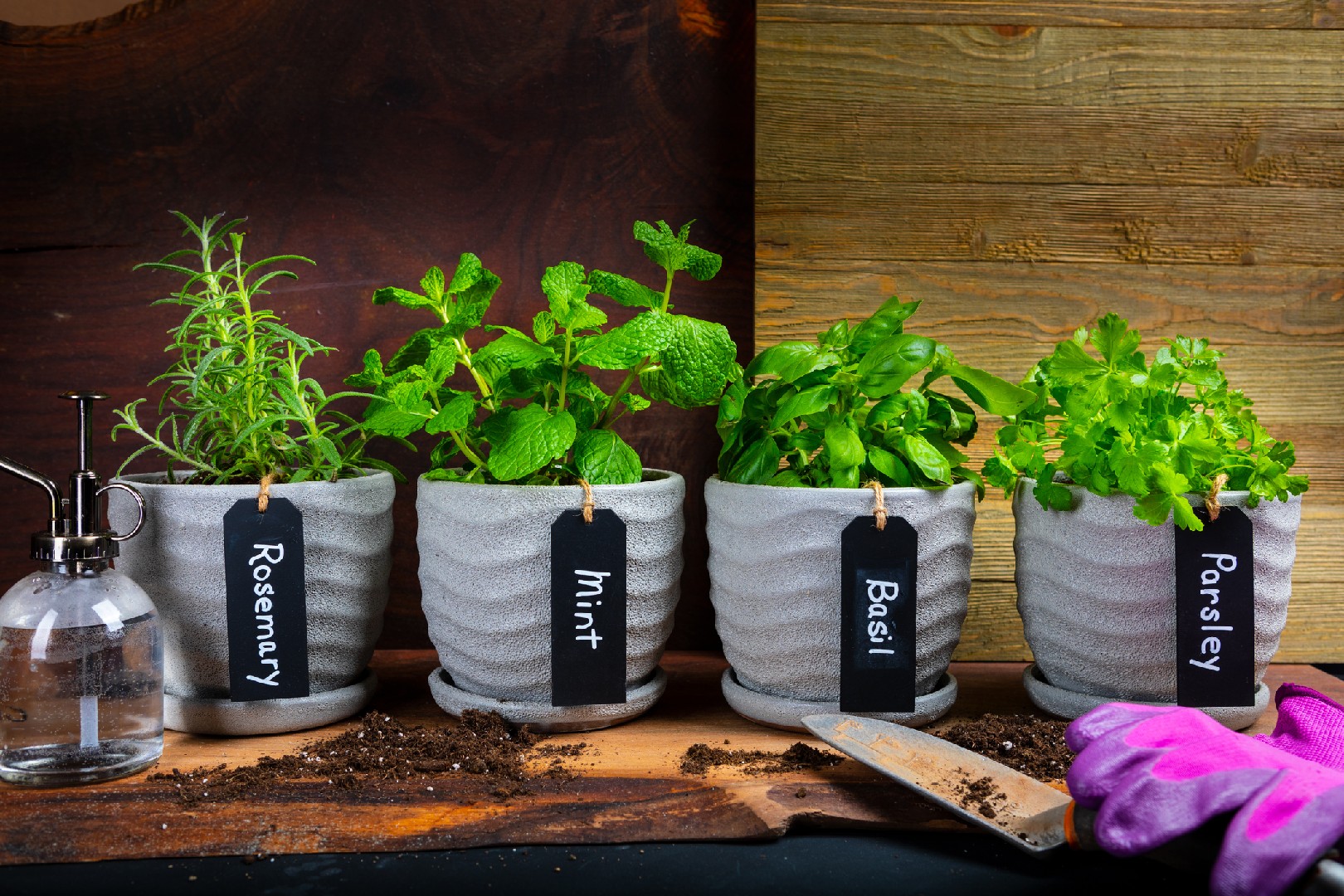![Rectangle]()
Choosing the Right Herbs for Your Garden Based on Your Region
Choosing the right herbs for your garden is essential to ensure their successful growth and ongoing health. By selecting herbs that are suitable for your local climate, you can create a thriving and aromatic garden that enhances both the beauty and functionality of your outdoor space.
Recognizing the importance of selecting herbs that are suitable for your local climate is the first step towards successful herb gardening. Different herbs have different preferences when it comes to temperature, humidity, and sunlight. Some herbs thrive in hot and dry conditions, while others prefer cooler and more moist environments. By understanding your local climate and selecting herbs accordingly, you can avoid disappointment and create a garden that will flourish.
One helpful guideline in understanding your 'herb hardiness zone', which is a geographically defined area where a specific category of plant life is capable of growing based on its ability to withstand the minimum temperatures of the zone. This will help you identify the types of herbs that are most likely to thrive in your region. There are several resources available, such as the USDA Plant Hardiness Zone Map, which can provide you with the necessary information to determine your herb hardiness zone.
For beginners, it is advisable to start with herbs that are known to be hardy and easy to grow in a variety of conditions. These herbs are more forgiving and require less maintenance, making them ideal for inexperienced gardeners. Some beginner-friendly herbs include basil, mint, parsley, and rosemary. These herbs are versatile, aromatic, and can be used in a wide range of dishes, adding both flavor and visual appeal to your meals.
Additionally, consider the specific conditions in your garden, such as the amount of sunlight and soil type. Some herbs, like lavender and thyme, prefer full sun, while others, like cilantro and chives, can tolerate partial shade. Similarly, certain herbs, such as oregano and sage, prefer well-drained soil, while others, like mint and lemon balm, can tolerate moist soil. By taking these factors into account, you can choose herbs that are best suited to your garden's unique environment.
In conclusion, choosing the right herbs for your garden based on your region is crucial for successful herb gardening. By recognizing the importance of selecting herbs that are suitable for your local climate, understanding your herb hardiness zone, and choosing beginner-friendly herbs, you can create a beautiful and thriving aromatic garden. Consider the specific conditions in your garden, such as sunlight and soil type, when selecting herbs to ensure their ongoing health and vitality. Happy herb gardening!





